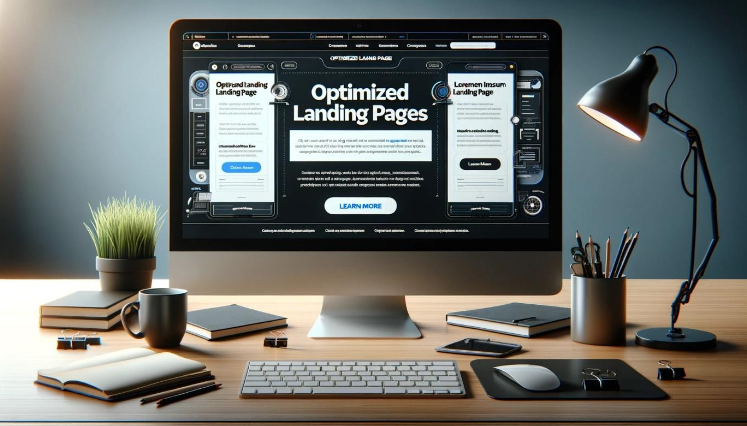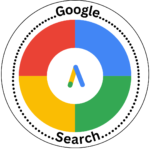From Cold Traffic to Hot Leads: (Part 5 of 5)
Mastering the 3-Step Lead Generation Funnel

In digital marketing, executing a lead generation funnel with precision is paramount. This blog post delves into the third and crucial step of building a lead generation funnel. This step focuses on creating optimized landing pages that convert visitors into leads. We’ll explore the key components that make a landing page successful, supported by practical examples and actionable advice.
Step 3: Execution with Optimized Landing Pages
The ultimate test of your offer’s viability is its reception by the target market. Once the research and strategy phases have culminated in a compelling offer, the next critical step is to showcase this offer on a dedicated landing page. This page serves as the digital storefront for your offer, where clarity and conciseness in messaging are vital.
A well-optimized landing page is the pillar of effective execution. It should be singularly focused, catering to one target market with one specific offer and a clear call to action (CTA). The design and text content of the landing page must align with the needs and expectations of the traffic it receives, with particular attention to the “above the fold” area—what visitors see before scrolling.
- Navigation and Branding: Position your logo in the top left corner for brand recognition and include your phone number in the top right if phone leads are desired. The primary CTA, such as “Apply for my free strategy session,” should be prominently featured.
- Compelling Headline: Use a formulaic approach to craft a headline that succinctly states what you do and the benefits it offers, e.g., “Transform Your Financial Health with Expert Advice.”
- Detailed Offer Description: Briefly describe the offer, highlighting the key benefits or outcomes a visitor can expect. This could include a brief paragraph or bullet points leading to the primary CTA.
- Friction Removers: Below the CTA, include elements that reduce visitor hesitancy, such as testimonials, trust symbols (e.g., Trustpilot icons), and reassurances like “100% free, no obligation.”
Every element on your landing page must justify its presence by contributing to the conversion goal. Avoid clutter and distractions by focusing on design elements that enhance the user’s understanding of the offer and its value. For instance, including a relevant video or image can significantly impact engagement, provided it directly supports the message and appeal of the offer.
Consider the case of a financial advisory service that implemented these principles. Their landing page featured a straightforward, benefit-driven headline, concise descriptions of the service offerings, and a compelling CTA, “Apply for Your Free Financial Health Check.” Above the fold, they included a video from the lead advisor discussing the value of the consultation, coupled with friction removers like customer testimonials and a no-obligation statement. This strategic approach gets increased qualified leads, demonstrating the effectiveness of a well-crafted landing page.
- Focus and Clarity: Ensure your landing page is dedicated to a single offer for a specific target market, with one clear CTA.
- Above the Fold Optimization: Utilize this crucial space to immediately convey the offer’s value, incorporating elements like a compelling headline, a brief offer description, and strategic design choices.
- Reduce Friction: Include testimonials, trust symbols, and reassurances to alleviate visitor concerns and encourage action.
- Design with Intent: Every element on the page should enhance conversions, with visual and textual content working together to guide the visitor towards taking the desired action.
Executing with optimized landing pages is a critical step in the lead generation funnel process. By using to these principles, businesses can create landing pages that capture attention and convert visitors into leads, driving growth and enhancing their digital marketing strategy.

